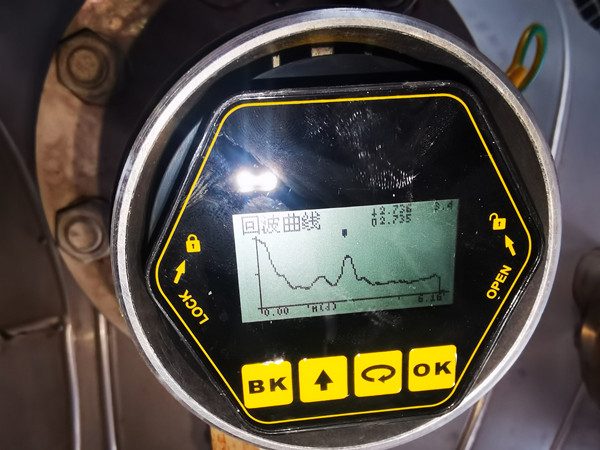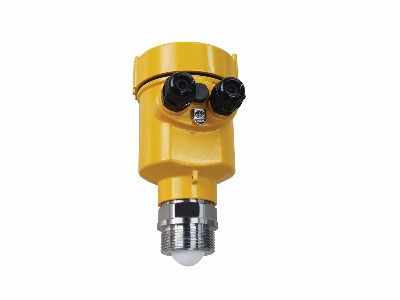BETTER TOUCH BETTER BUSINESS
Contact Sales at KAIDI.
In industrial measurement technology, radar level meters are favored for their high accuracy and reliability. However, even such advanced equipment has its limitations - that is, the so-called “blind spot”. Today, we will be in-depth interpretation of this phenomenon, to unravel the mystery of the blind spot of the radar level meter.
Radar level meter uses microwave signals to measure the height of material in a vessel. When the microwave signal is emitted from the sensor and encounters the surface of the material, part of the signal is reflected back to the sensor and the horizontal height of the material is then calculated based on the time delay. This process is similar to the principle of echolocation, but uses electromagnetic waves rather than sound waves. However, under certain conditions these microwaves may not return to the sensor correctly, resulting in an inability to measure accurately or a complete loss of signal, creating what is known as a 'blind spot'. So what causes this to happen?

First and foremost is the physical properties of the material surface. If the surface of the material is very rough or irregular, the microwaves are scattered in multiple directions and only a small portion is reflected back to the sensor. This is like in a dense forest where sound is absorbed and scattered by trees and branches, making it difficult to create a clear echo. In this case, the level meter may not receive enough signal to make an accurate measurement. Another factor is the mounting position and angle. If the level meter is not mounted in the proper position, or the angle is not adjusted optimally, the microwaves may hit the side walls of the vessel instead of reflecting directly back. This is similar to yelling into a valley, where the sound travels along the mountain wall and ultimately does not travel in the direction you want it to. In addition, microwaves travel at different speeds in different media. When there are vapors or other gases in the container, the propagation speed of the microwaves changes, which affects the measurement results. This is similar to how light travels at different speeds in water of different densities, causing the light to refract.

Now, let's flesh this out with some more data and examples. Suppose a standard customized radar level meter has an effective measuring range of 20 meters in air, but in a high-density vapor environment, this range may be reduced to 15 meters or even less. If the actual height of the material in the vessel approaches this changed limit, the level meter may fail to detect the signal, creating a blind spot. One way to solve this problem is to use higher frequency microwaves, which are less sensitive to environmental changes. Another way is to optimize the mounting position and angle of the level meter to ensure that the microwaves are effectively reflected back to the sensor. Also, software algorithms can be used to compensate the measurement data for different environmental conditions.

Blind zones in radar level meters are a complex phenomenon involving material characteristics, installation conditions, and environmental factors. Although there are challenges, through scientific analysis and appropriate adjustments, we can minimize the impact of the blind zone to ensure the accurate measurement of the level meter. As the old saying goes: “Know your enemy and know yourself, and you will never be in danger”, a deeper understanding of the working principle and potential problems of radar level meters will make us more comfortable in practical applications.
We are here to help you! If you close the chatbox, you will automatically receive a response from us via email. Please be sure to leave your contact details so that we can better assist